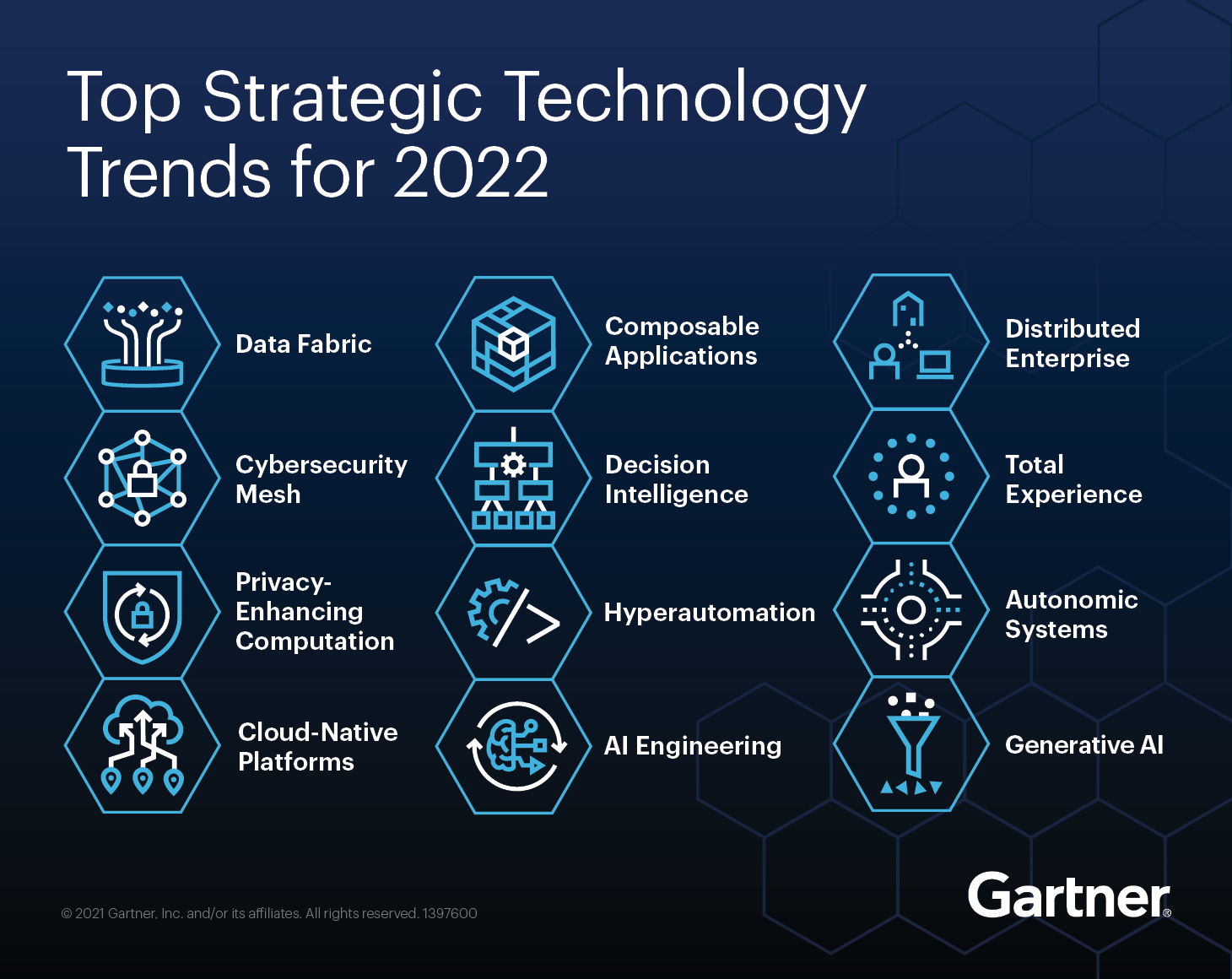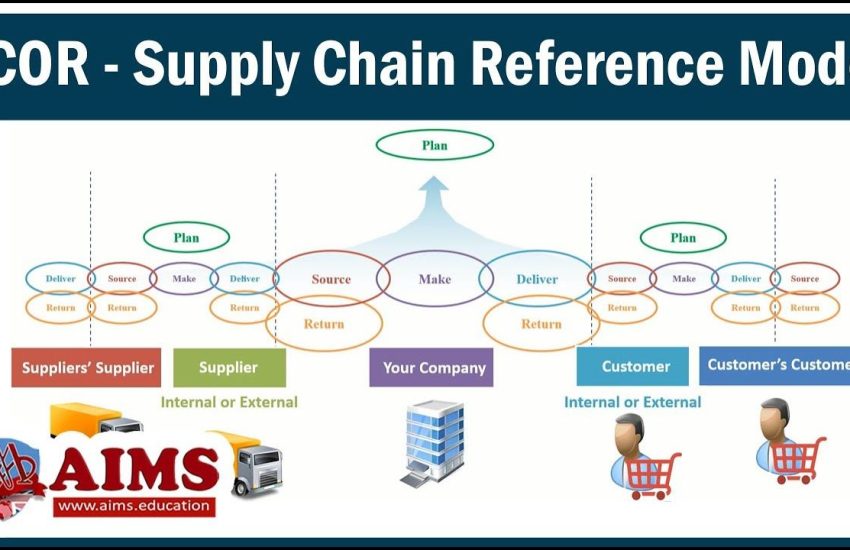Predictive Analytics: Anticipating Future Trends
Predictive analytics is a rapidly growing field that utilizes statistical modeling, data mining, and machine learning techniques to analyze current and historical data in order to make predictions about future trends and outcomes. By harnessing the power of big data, organizations can gain valuable insights and make data-driven decisions to enhance their strategic planning, optimize operations, and ultimately improve their bottom line.
The Role of Predictive Analytics
Predictive analytics plays a crucial role in various industries, from finance and healthcare to marketing and retail. By analyzing historical data patterns and trends, predictive models can identify future outcomes with a certain level of accuracy. These insights allow organizations to anticipate customer behavior, identify potential risks, and uncover opportunities for growth.
Applications in Business
Predictive analytics has transformed the way businesses operate by providing valuable insights into customer preferences and behavior. For instance, in the retail industry, predictive analytics can help identify patterns in customer buying habits, allowing businesses to personalize marketing campaigns and product recommendations. This not only improves customer satisfaction but also drives sales and enhances revenue.
In the finance industry, predictive analytics is used to assess creditworthiness and detect fraudulent activities. By analyzing historical transaction data and patterns, predictive models can accurately predict the likelihood of default or fraud, enabling financial institutions to make informed decisions and reduce risks.
Challenges and Limitations
While predictive analytics has tremendous potential, it is not without challenges and limitations. One major challenge is the quality and availability of data. In order to build accurate predictive models, organizations need access to relevant, clean, and comprehensive data. Additionally, data privacy and security concerns also need to be addressed to ensure compliance with regulations.
Another limitation of predictive analytics is the reliance on historical data. While historical data can provide valuable insights, it may not always be indicative of future trends, especially in rapidly changing environments. Therefore, organizations must be cautious and supplement predictive models with human expertise and insight.
Future Trends in Predictive Analytics
As technology continues to advance, predictive analytics is expected to see significant advancements and improvements. Here are a few future trends to watch out for:
1. Artificial Intelligence and Machine Learning
Artificial intelligence and machine learning algorithms are becoming increasingly sophisticated, allowing predictive analytics models to uncover complex patterns and correlations. These technologies will play a critical role in enhancing prediction accuracy and enabling more precise decision-making.
2. Real-time Analytics
Real-time analytics will become more prevalent as organizations strive to make instant data-driven decisions. By analyzing streaming data in real-time, businesses can identify emerging trends and respond promptly to changing market conditions, giving them a competitive edge.
3. Internet of Things (IoT) Integration
The integration of predictive analytics with IoT devices opens up new possibilities for data collection and analysis. IoT devices generate vast amounts of data, which can be leveraged by predictive models to make accurate predictions and optimize operations in various domains such as manufacturing and healthcare.
4. Predictive Prescriptive Analytics
While predictive analytics focuses on determining what is likely to happen in the future, predictive prescriptive analytics takes it a step further by recommending actions to optimize outcomes. This approach not only provides insights but also offers actionable recommendations for decision-makers.
Conclusion
Predictive analytics has revolutionized the way organizations approach strategic planning and decision-making. By harnessing the power of data and employing advanced analytics techniques, businesses can anticipate future trends, identify risks and opportunities, and make informed choices that drive success. As technology advances, the future of predictive analytics looks promising, promising exciting developments that will further enhance its capabilities and impact across industries.


